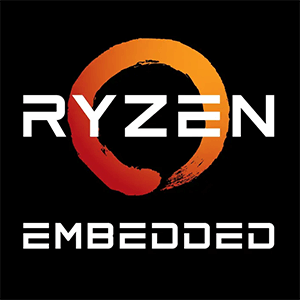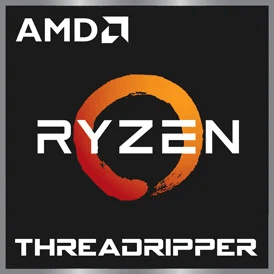Intel Core i3 7100T vs AMD Ryzen 7 6800HS
We compared two desktop CPUs: Intel Core i3 7100T with 2 cores 3.4GHz and AMD Ryzen 7 6800HS with 8 cores 3.2GHz . You will find out which processor performs better in benchmark tests, key specifications, power consumption and more.
Main Differences
Intel Core i3 7100T 's Advantages
Higher base frequency (3.4GHz vs 3.2GHz)
AMD Ryzen 7 6800HS 's Advantages
Released 5 years late
Better graphics card performance
Higher specification of memory (6400 vs 2400)
Larger memory bandwidth (76.8GB/s vs 38.4GB/s)
Newer PCIe version (4.0 vs 3.0)
Larger L3 cache size (16MB vs 3MB)
More modern manufacturing process (6nm vs 14nm)
Score
Benchmark
Geekbench 6 Single Core
Intel Core i3 7100T
1098
AMD Ryzen 7 6800HS
+72%
1897
Geekbench 6 Multi Core
Intel Core i3 7100T
2269
AMD Ryzen 7 6800HS
+289%
8834
Geekbench 5 Single Core
Intel Core i3 7100T
864
AMD Ryzen 7 6800HS
+73%
1503
Geekbench 5 Multi Core
Intel Core i3 7100T
1922
AMD Ryzen 7 6800HS
+360%
8842
Passmark CPU Single Core
Intel Core i3 7100T
1983
AMD Ryzen 7 6800HS
+59%
3162
Passmark CPU Multi Core
Intel Core i3 7100T
3762
AMD Ryzen 7 6800HS
+506%
22804
General Parameters
Jan 2017
Release Date
Jan 2022
Intel
Manufacturer
AMD
Desktop
Type
Desktop
x86-64
Instruction Set
x86-64
Kaby Lake
Core Architecture
Rembrandt
i3-7100T
Processor Number
-
LGA-1151
Socket
FP7
HD Graphics 630
Integrated Graphics
Radeon 680M
Package
14 nm
Manufacturing Process
6 nm
35 W
Power Consumption
35 W
92 °C
Peak Operating Temperature
95 °C
CPU Performance
2
Performance Cores
8
4
Performance Core Threads
16
3.4 GHz
Performance Core Base Frequency
3.2 GHz
-
Performance Core Turbo Frequency
4.7 GHz
2
Total Core Count
8
4
Total Thread Count
16
-
Bus Frequency
100 MHz
34x
Multiplier
32x
64 K per core
L1 Cache
64 K per core
256 K per core
L2 Cache
512 K per core
3 MB shared
L3 Cache
16 MB shared
No
Unlocked Multiplier
No
Memory Parameters
DDR4-2400, DDR3L-1600
Memory Types
DDR5-4800, LPDDR5-6400
64 GB
Max Memory Size
-
2
Max Memory Channels
4
38.4 GB/s
Max Memory Bandwidth
76.8 GB/s
Yes
ECC Memory Support
-
Graphics Card Parameters
true
Integrated Graphics
true
350 MHz
GPU Base Frequency
2000 MHz
1100 MHz
GPU Max Dynamic Frequency
2200 MHz
192
Shader Units
768
24
Texture Units
48
3
Raster Operation Units
32
24
Execution Units
12
15 W
Power Consumption
15 W
4096x2304 - 60 Hz
Max Resolution
-
0.44 TFLOPS
Graphics Performance
3.686 TFLOPS
Miscellaneous
3.0
PCIe Version
4.0
16
PCIe Lanes
20
SSE4.1, SSE4.2, AVX-2
Extended Instruction Set
-







